Date: 19 January 2009
S. economy.In fact, as economic experts call for a recovery plan focused on green jobs and infrastructure, as consumers look to live in more economically sustainable homes, as businesses strive to cut operating costs, and as our national security needs depend on an end to reliance on foreign energy sources, green buildings’ ability to deliver solutions to these pressing challenges promises to change the way we view the building industry.“As research comes in from diverse sources examining the interest in green buildings among a wide range of Americans, the numbers keep painting the same picture: The future of our built environment clearly centers on energy efficiency, water reduction, systems that encourage cleaner indoor air, the use of recycled and more sustainably developed materials, and communities that coexist with their environments,” said Rick Fedrizzi, President, CEO & Founding Chair, U.S.Green Building Council. “Over and over again, Americans are saying the same thing: The key to a prosperous future is sustainability, and the triple bottom line – environmental responsibility, economic prosperity and social equity – is imperative as we move forward.”
According to Turner Construction Company’s “Green Building Barometer,” 75% of commercial real estate executives – including developers, rental building owners, brokers, architects, engineers and others – say the credit crunch will not discourage them from building green. In fact, 83% said they would be “extremely” or “very” likely to seek LEED certification for buildings they are planning to build within the next three years. The U.S. Green Building Council’s nationally recognized LEED® green building certification program provides third-party review and certification of buildings’ design, construction and performance in five key areas of environmental and health concern, including energy efficiency, water efficiency, materials and resources use, sustainable site development and indoor air quality.
Other key findings from this and other studies, conducted over the past year among constituencies ranging from consumers and homeowners to commercial real estate executives, include:
- 70% of homebuyers are more or much more inclined to buy a green home over a conventional home in a down housing market, according to McGraw-Hill Construction’s 2008 SmartMarket Report, “The Green Home Consumer.” That number is 78% for those earning less than $50,000 a year, showing the increasing access to green buildings for all members of our society. In fact, 56% of respondents who bought green homes in 2008 earn less than $75,000 per year; 29% earn less than $50,000. 2 of 3
- More than 80% of commercial building owners have allocated funds to green initiatives this year, according to “2008 Green Survey: Existing Buildings,” a survey jointly funded by Incisive Media’s Real Estate Forum and GlobeSt.com, the Building Owners and Managers Association (BOMA) International and the U.S. Green Building Council (USGBC). Some 45% plan to increase sustainability investments in 2009.
- That same study showed that 60% of commercial building owners offer education programs to assist tenants in implementing green programs in their space, up 49.4% from last year, illustrating a growing understanding of the importance of environmental awareness among employees and customers in addition to the use of green materials and systems.
- LEED-certified projects are directly tied to more than $10 billion of green materials, according to a Greener World Media study on green building. That could reach more than $100 billion by 2020, contributing to a vibrant industry that could drive an economic recovery.
- The Center for American Progress and the Political Economy Research Institute at the University of Massachusetts Amherst, in a September 2008 study, found that a national green economic recovery program investing $100 billion over 10 years in six infrastructure areas would create 2 million new jobs. The investments would include retrofitting existing buildings to improve energy efficiency and investing in wind power, solar power and next-generation biofuels.
The opportunities for creating a built environment that performs at a higher level and works for building owners rather than against them and their tenants are many and varied. New buildings can be built with greener construction methods and designed for long-term operations and maintenance savings. Likewise, our nation’s vast existing building stock can be made greener – and the studies show that building owners are interested in doing so. Incisive Media’s “2008 Green Survey: Existing Buildings” found that almost 70% of commercial building owners have already implemented some kind of energy monitoring system. Energy conservation is the most widely implemented green program in commercial buildings, the survey found, followed by recycling and water conservation. Nearly 65% of building owners who have implemented green buildings say their investments have already resulted in a positive return on investment. And 84% of respondents to Turner’s “Green Building Barometer” said their green buildings have resulted in lower energy costs, with 68% reporting lower overall operating costs.
As green buildings help companies cut costs and build sound financial situations, the Center for American Progress’ study shows how such green investments on a wide scale can ignite the economy of the nation as a whole. A $100 billion green infrastructure investment over 10 years, with a focus on green building retrofits and investment in alternative energy sources, could be paid for with proceeds from carbon permit auctions under a greenhouse gas cap-and-trade program. That’s roughly the same amount of investment as the tax rebate checks sent as part of the April 2008 economic stimulus plan but would create 300,000 more jobs. Also, about 22% of total household expenditures – the goal of a tax rebate stimulus plan – go to imports, while only about 9% of purchases for green infrastructure investment would.
Building and design professionals, product manufacturers and others getting involved in green building are establishing themselves as leaders in a rapidly growing industry, McGraw-Hill Construction’s Green Outlook 2009 report “Trends Driving Change” shows. By 2013, the overall green building market (both residential and non-residential) is likely to more than double from 3 of 3 today’s $36-49 billion to $96-140 billion. Green building is estimated to be 10-12% of the current commercial and institutional building market; McGraw-Hill predicts it will represent 20- 25% of new commercial and institutional construction starts by 2013. And it’s possible these predictions could be conservative: In 2005, McGraw-Hill predicted green building would make up just 5-10% of the market in 2008.
About USGBC
The U.S. Green Building Council is a nonprofit membership organization whose vision is a sustainable built environment within a generation. Its membership includes corporations, builders, universities, government agencies, and other nonprofit organizations. Since USGBC’s founding in 1993, the Council has grown to nearly 18,000 member companies and organizations, a comprehensive family of LEED® green building certification systems, an expansive educational offering, the industry’s popular Greenbuild International Conference and Expo (www.greenbuildexpo.org), and a network of 78 local chapters, affiliates, and organizing groups. For more information, visit www.usgbc.org.
About LEED®
The LEED® (Leadership in Energy and Environmental Design) green building certification system is a feature-oriented certification program that awards buildings points for satisfying specified green building criteria. The six major environmental categories of review include: Sustainable Sites, Water Efficiency, Energy and Atmosphere, Materials and Resources, Indoor Environmental Quality and Innovation and Design. Certified, Silver, Gold, and Platinum levels of LEED green building certification are awarded based on the total number of points earned within each LEED category. LEED can be applied to all building types including new construction, commercial interiors, core & shell developments, existing buildings, homes, neighborhood developments, schools and retail facilities. LEED for Healthcare is currently under development and is expected to be released in early 2008. Incentives for LEED are available at the state and local level and LEED has also been adopted nationwide by federal agencies, state and local governments, and interested private companies. For more information, visit www.usgbc.org/LEED.

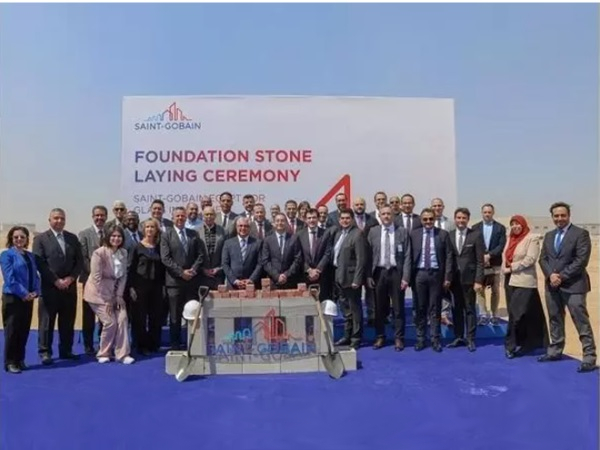
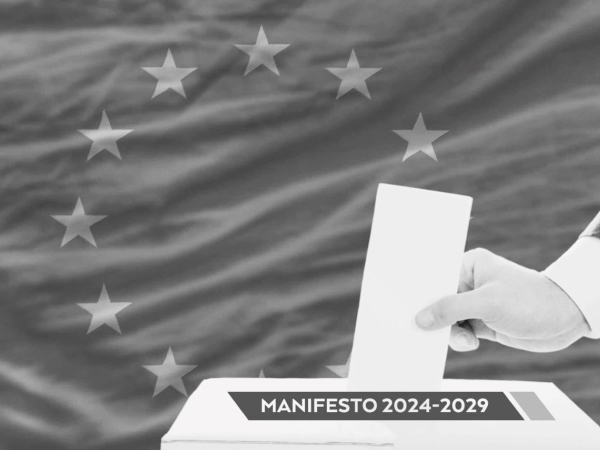

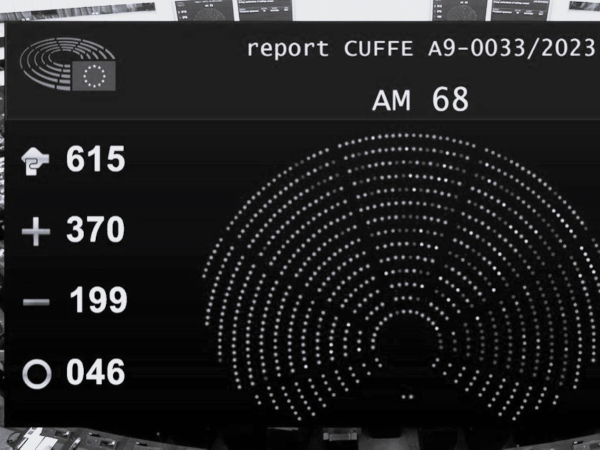
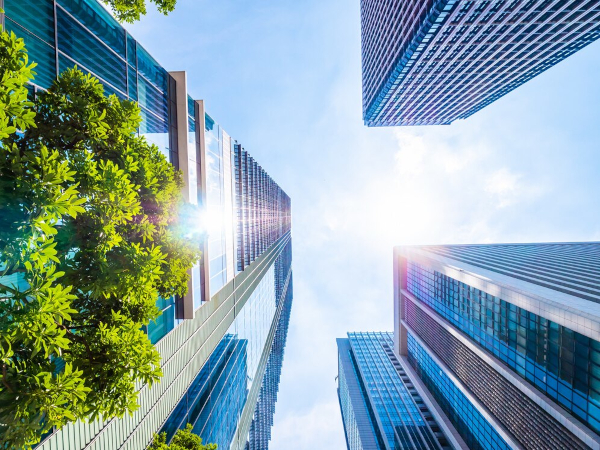
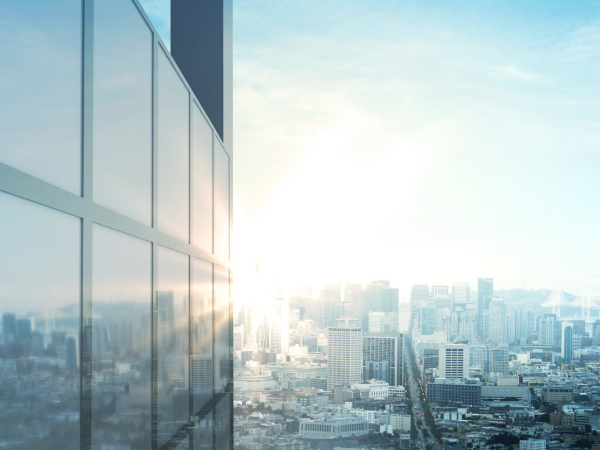

Add new comment